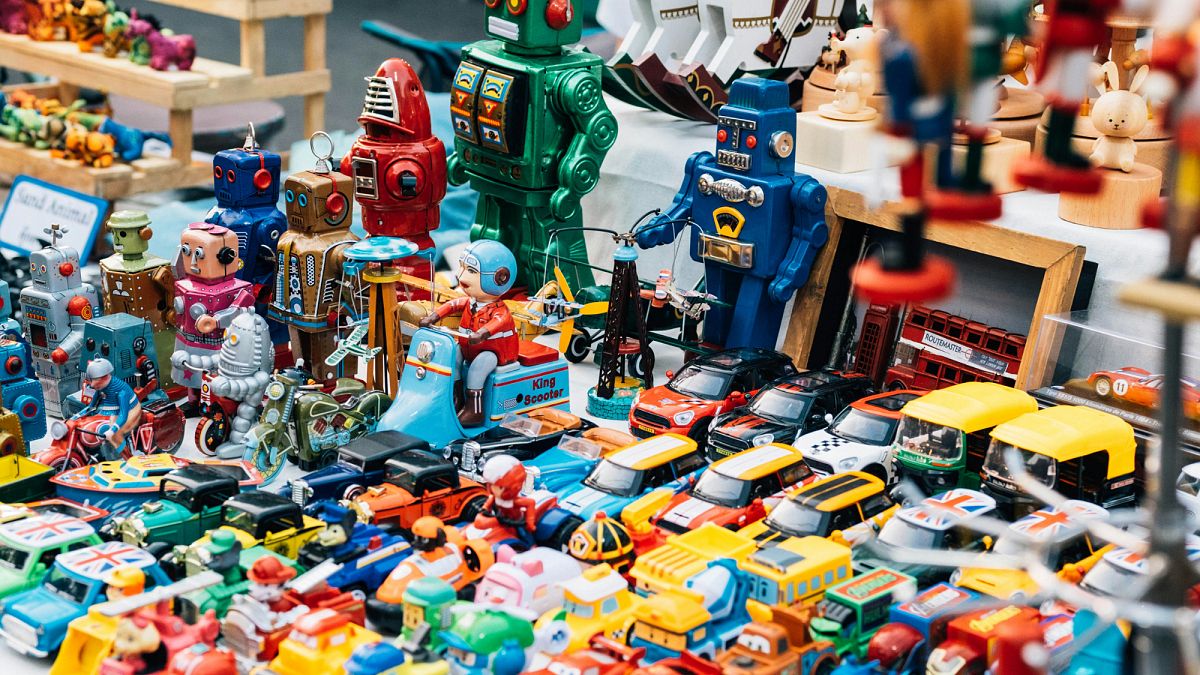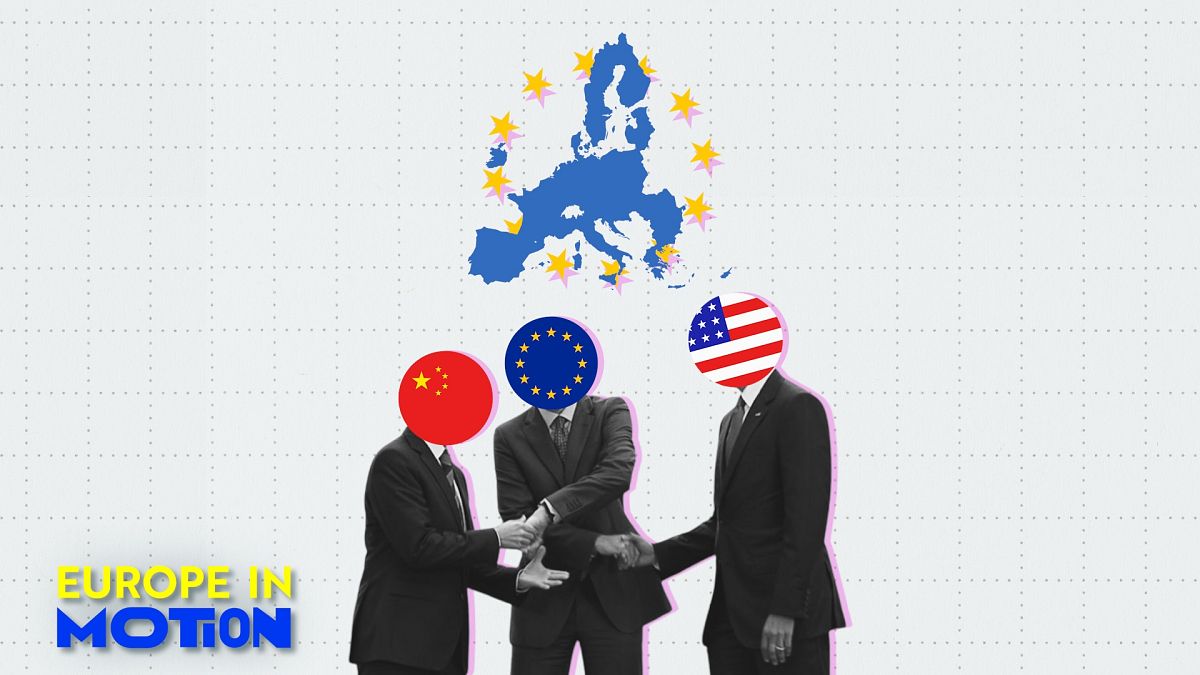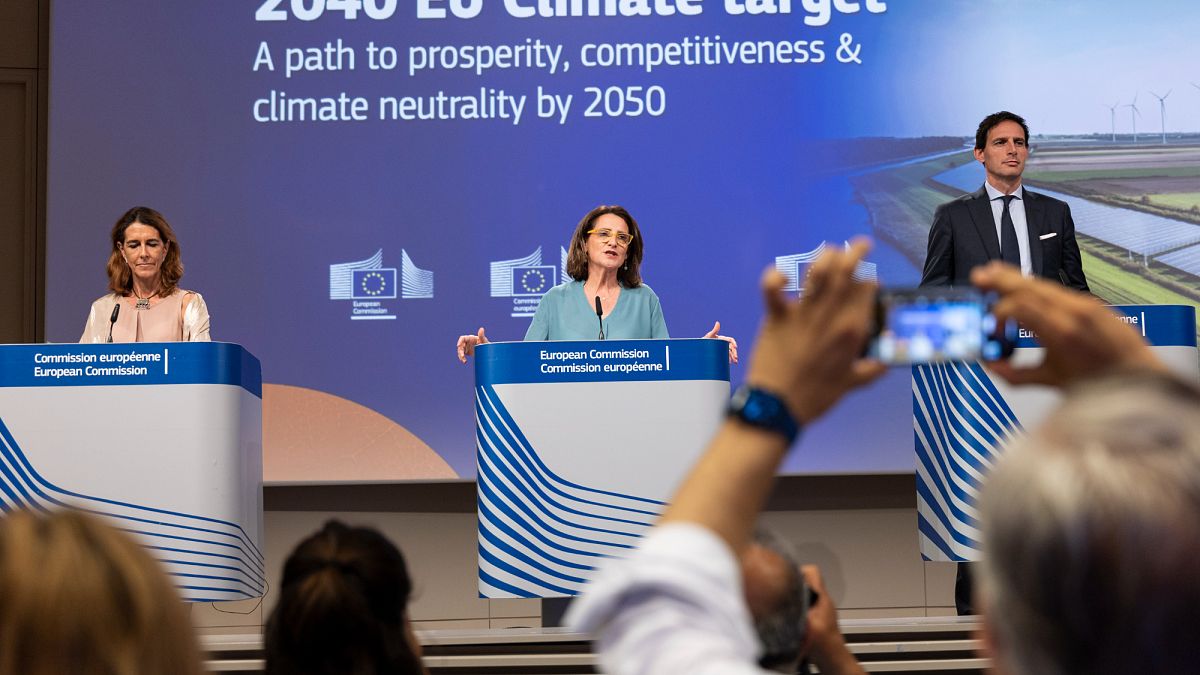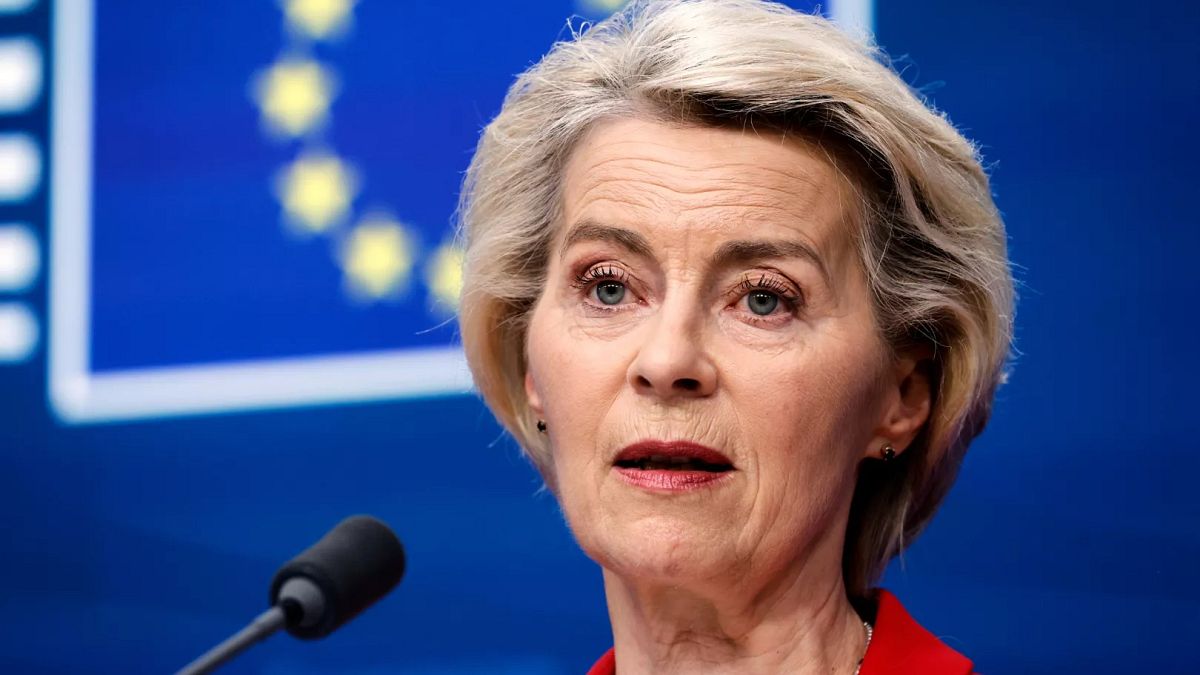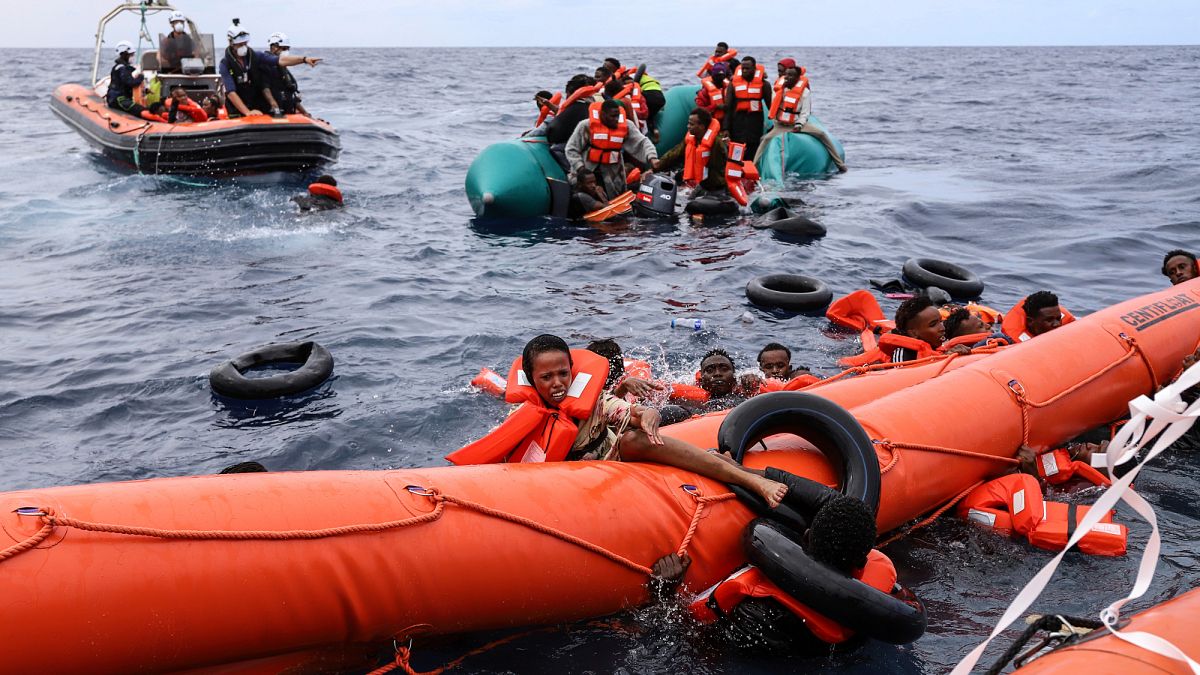Chemicals that pose risks to children’s health and development will now be banned from toys sold in the EU, introducing stricter safety requirements for manufacturers and sellers, including those operating on online platforms, EU institutions agreed on Thursday.
The new rules update the bloc’s 2009 Toy Safety Directive with further restrictions on the use of hazardous substances.
“We have also future-proofed the regulation, the Commission will be able to react more quickly to new scientific findings on chemical substances,” said MEP Marion Walsmann (Germany/EPP), negotiator from the European Parliament.
The regulation introduces essential safety standard to ensure a high level of health and safety protection for children.
It imposes a ban on chemicals that can cause cancer, alter DNA, or harm reproductive organs, but also other dangerous substances such as endocrine disruptors, respiratory sensitisers and PFAS, also known as “forever chemicals”.
It also bans skin sensitisers and toys treated with biocides, except for toys meant to stay outdoors. Biocidal products are used to protect people and animals against harmful organisms, like pests or bacteria.
The agreement further limits the use of preservatives and prohibits fragrance allergens in toys intended for children under three years old, or in toys meant to be placed in the mouth.
“Children’s safety must always come first. While the EU’s toy safety rules are among the strictest in the world, we must remain vigilant, adapt the rules to emerging risks and ensure that safety standards are met for all toys – whether made in Europe or abroad,” said Krzysztof Paszyk, Polish Minister for Economic Development and Technology in a press release after the agreement.
Before introducing a toy to the market, manufacturers will be required to carry out a safety assessment covering all potential risks, including chemical, physical, mechanical, electrical, flammability, hygiene and radioactivity hazards.
Children are especially vulnerable
Walsmann noted that although the European market already offers “the safest toys in the world”, one in five products flagged as dangerous and withdrawn from the EU market is a toy.
“The PFAS restriction is a step forward in the fight against pollution from these forever chemicals. By restricting PFAS in toys, co-legislators have made the Toy Safety law future-proof and aligned with standards in other parts of the world,” said Ioana Bere, EU Policy advocate at CHEM Trust, an European charity that works to protect human health and the environment from harmful chemicals.
A study by a Danish consumer organisation found that more than 60% of 121 children’s products sampled including toys, blankets and feeding bottles contained or released at least one bisphenol – a chemical harmful for the brain and prostate gland of foetuses, infants and children. In many cases, two or more bisphenols were found.
New requirements for online sellers
“Toys are among the most reported product category in the EU’s alert system for dangerous products,” said Agustín Reyna, Director General of BEUC, a European consumers organisation.
He added that while the new rules are strong on paper, enforcement is key and member states must now provide the resources needed for authorities to ensure that only safe toys are sold.
BEUC’s recent study on the safety of toys sold in the Chinese online marketplace Temu concluded that the platform “is an entry point for dangerous products in Europe”.
To tackle this, the new rules introduce specific obligations for online sellers to comply with broader EU laws, including the Digital Services Act. All toys sold in the European market now need a digital product passport showing they meet safety standards. This, according to the legislators, will facilitate to track the products, improve checks by market inspectors and customs and increase transparency.






